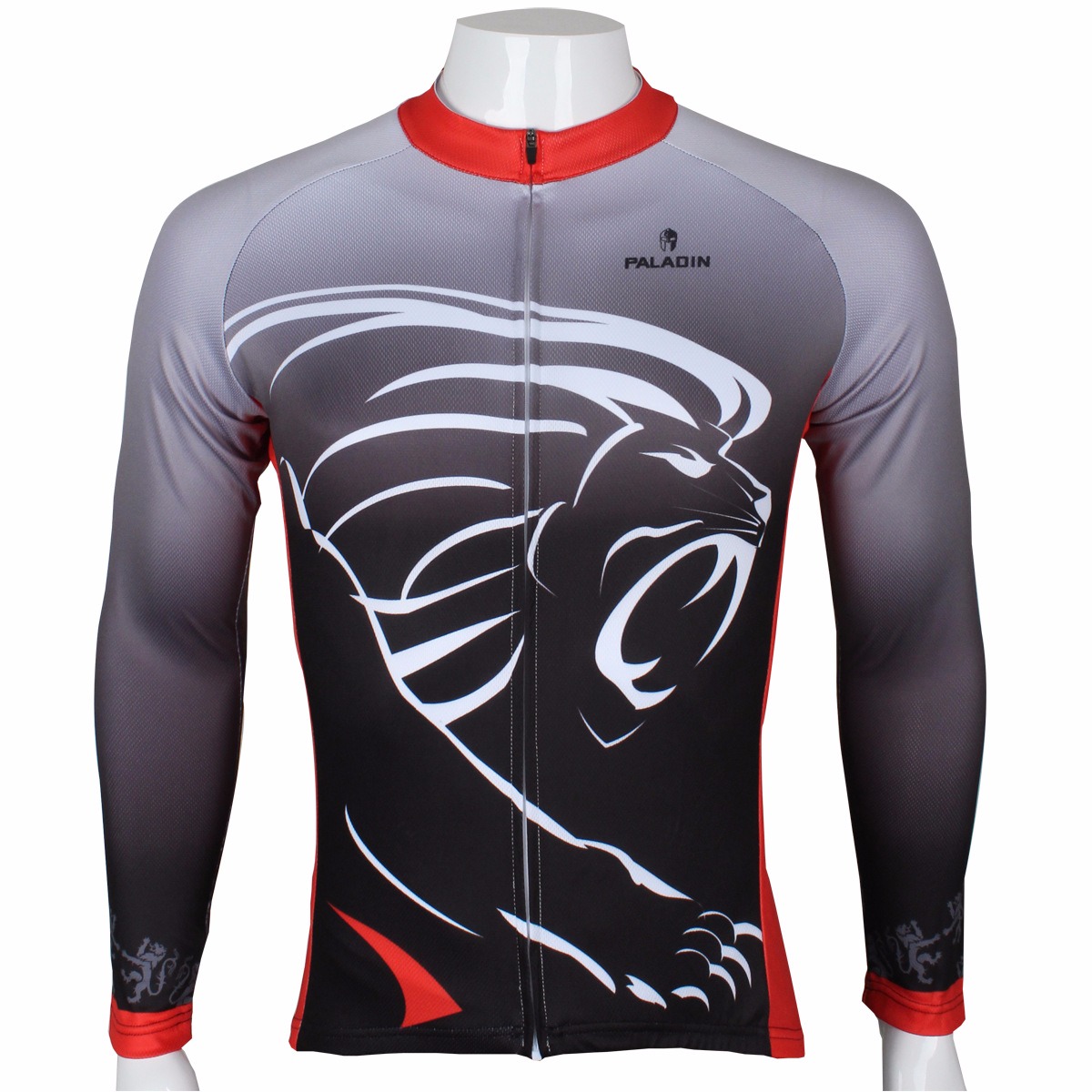Along with natural fibers, synthetic fibers are widely used in modern light industry. They are more durable and have many other interesting and very useful qualities. There was a time when the range of synthetics was small, and clothes made from them were not at all comfortable to wear, but now, with the advent of new technologies and materials, many consumers give clear preference to clothes made from synthetics over natural products.
Polyester and polypropylene are very popular and widespread synthetic fibers, from which fabrics are produced that have very interesting properties.
Polyester - special properties

Polyester is a polyester synthetic fiber. Fabrics made from them have a very interesting ability to retain their shape under the influence of elevated temperatures. This property of the fabric makes it somewhat difficult to care for things - washing them in hot (more than 40 degrees) water is contraindicated, since they can form difficult to remove crumpled folds.But for pleated skirt This feature of the fabric will be very useful.
Polyester also has other positive qualities that distinguish it from a number of synthetic and natural materials:
- a wide variety of species;
- UV resistance;
- easy care - things from it can be washed perfectly;
- inertness - the material does well in fairly aggressive environments;
- low thermal conductivity - things are light and warm;
- high resistance to biological influences - the product does not create a breeding ground for microorganisms, moths do not like it;
- strength and purity of paints;
- very decent service life - this is also a good difference between the material and natural fabrics.
Have these tissues and the disadvantage is a fairly high level of hygroscopicity. But it is smoothed out by the fact that such things also dry quickly. And in some cases, this disadvantage turns into an advantage - when playing sports, for example, moisture is quickly removed from the body, which creates an additional level of comfort.
These fibers are added to any natural materials - wool, cotton or viscose, giving the finished items additional strength and durability.
Polypropylene
Polypropylene is used in light industry no less often. Like polyester, it belongs to the same class of chemicals and compounds, has a simple molecular structure and is generally similar. At the same time, the technical characteristics of finished products from both materials are somewhat different. So what are the main differences?
To better understand how polypropylene differs from polyester, for clarity, let’s present the differences between the two materials in the form of a table:
| Material | Density g/cm3 | Hygroscopicity | Thermal conductivity |
| Polyester | 1,38 | 0,5 | 7,0 |
| Polypropylene | 0,91 | 0,01 | 6,0 |
A simple analysis of the table data allows us to draw certain conclusions:
polypropylene is much lighter, which is a significant parameter in the manufacture of sportswear;
polypropylene practically does not retain moisture, and this is a big plus in the production of underwear, which does not stick to the body when sweating;
The thermal conductivity of materials differs slightly.
Here's another important difference. Grease stains rarely form on polyester items. But on polypropylene, when oily substances get on the surface, unpleasant stains form, which are very difficult to remove.


 0
0






Polyester is a complex product...
This is the first time I’ve heard that polyester is hygroscopic.. Polyester does not absorb moisture well..